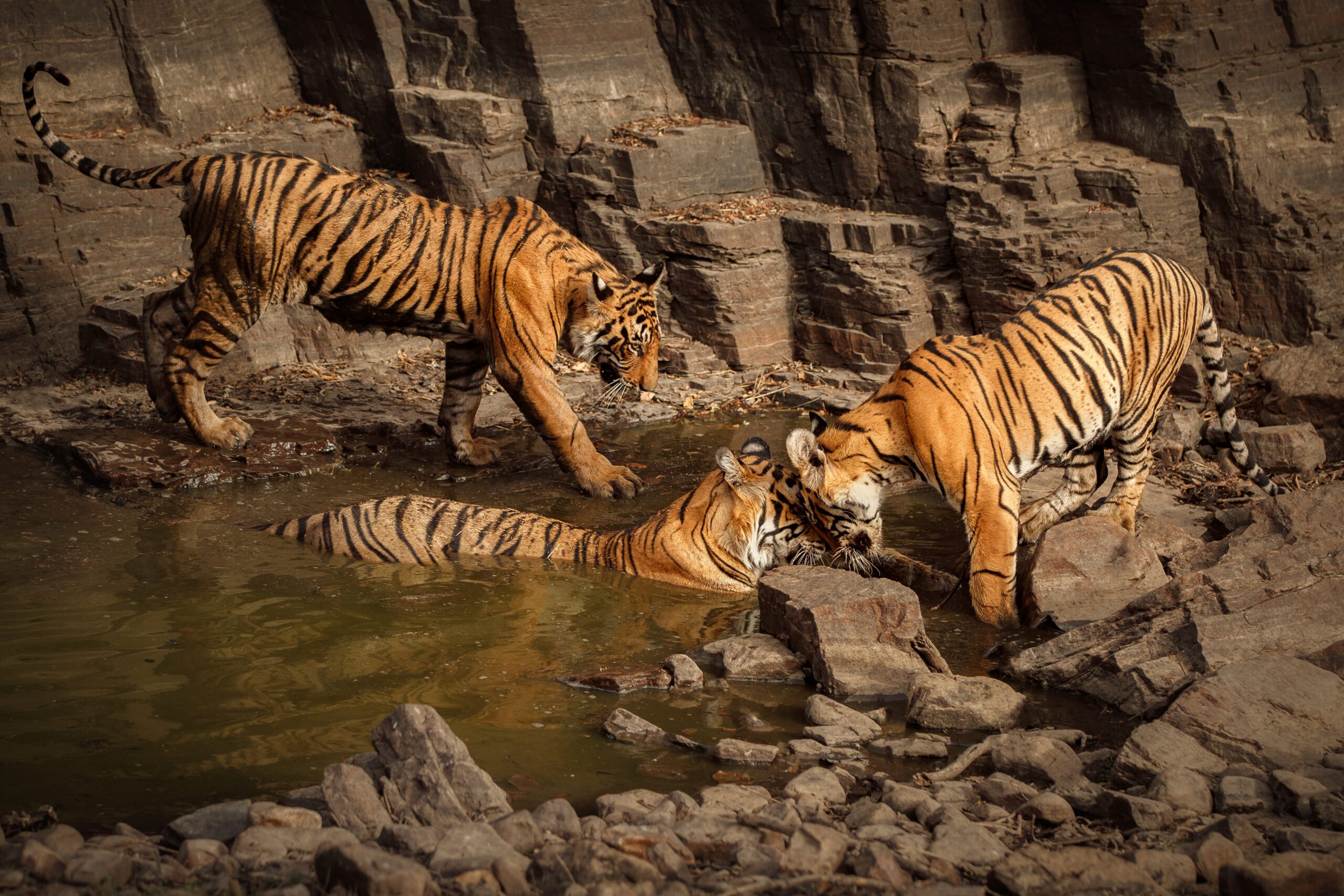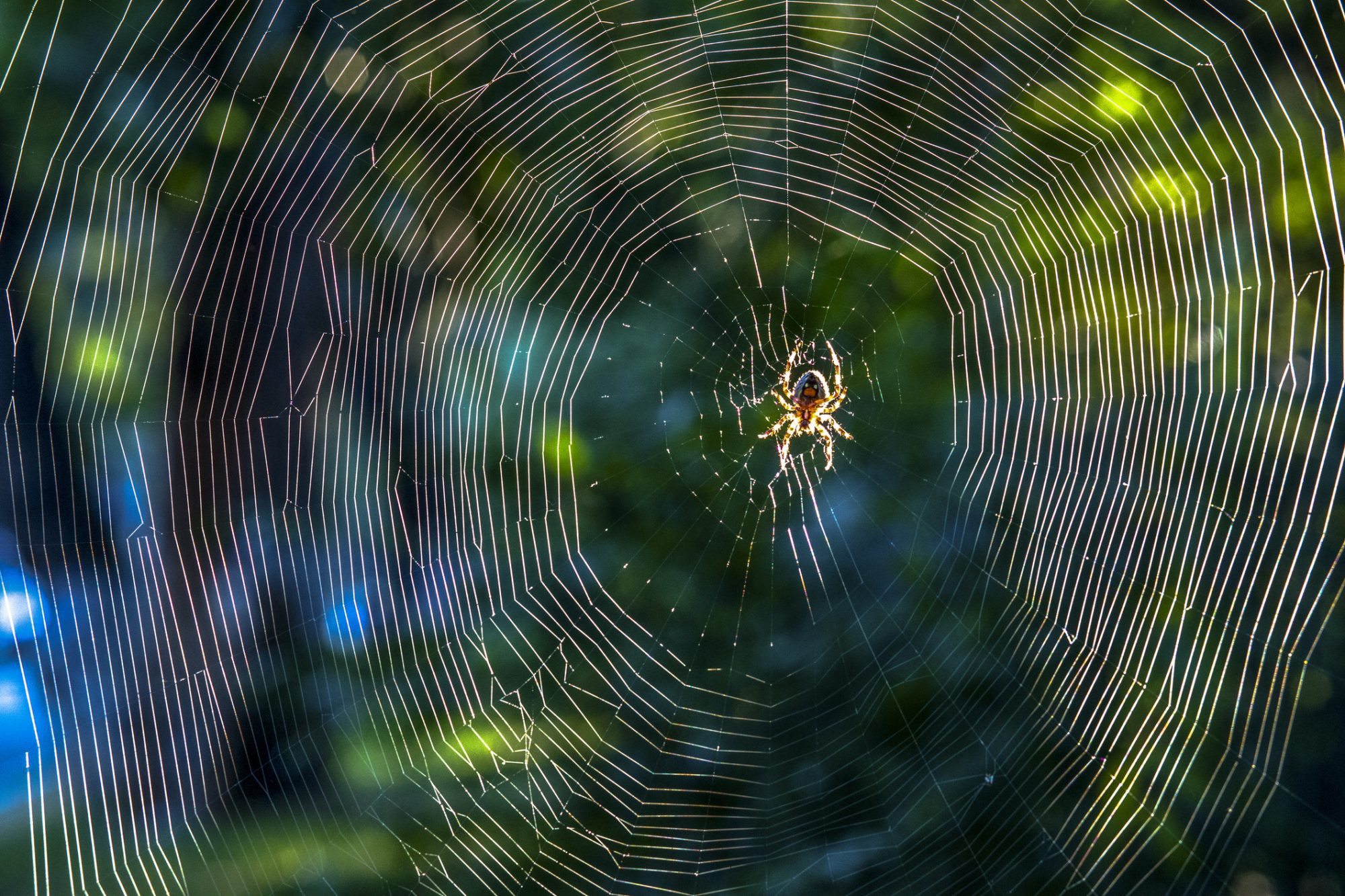Table of Contents
India is one of the few countries in the world that has been blessed with an incredible range of biodiversity. The country has everything from snowy peaks to tropical jungles, and this diversity is reflected in the wildlife that calls it home. Unfortunately, many of these animals are endangered, and their survival is under threat due to various factors such as habitat destruction, climate change, and poaching. In this blog post, we’ll take a closer look at 10 of the most endangered animals in India and explore what’s being done to help protect them.
Bengal Tiger

The Bengal Tiger is perhaps the most well-known endangered animal in India, with only around 2,500 individuals left in the wild. The primary threat to their survival is poaching, as their skin, bones, and other body parts are highly valued in traditional medicine and as status symbols. Habitat loss is another significant threat, as forests are cleared for agriculture and development. Despite these challenges, efforts are being made to conserve the Bengal Tiger. India has established a number of protected areas for tigers, and conservation groups are working to raise awareness of the importance of these magnificent animals.
Indian Rhino
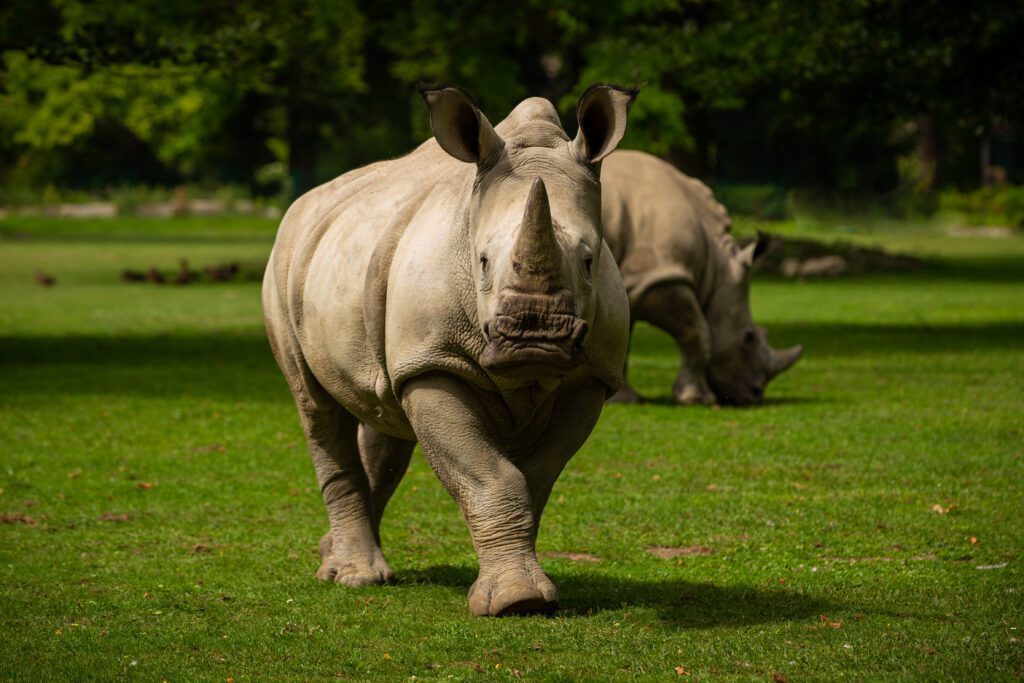
The Indian Rhino is another iconic endangered species in India. There are fewer than 3,000 individuals left in the wild, and they are primarily threatened by habitat loss and poaching. Rhinos are hunted for their horns, which are used in traditional medicine and as dagger handles. In recent years, however, there have been some successes in rhino conservation. For example, the population of Indian Rhinos in Kaziranga National Park in Assam has increased significantly in recent years, thanks to effective anti-poaching measures and habitat protection.
Snow Leopard
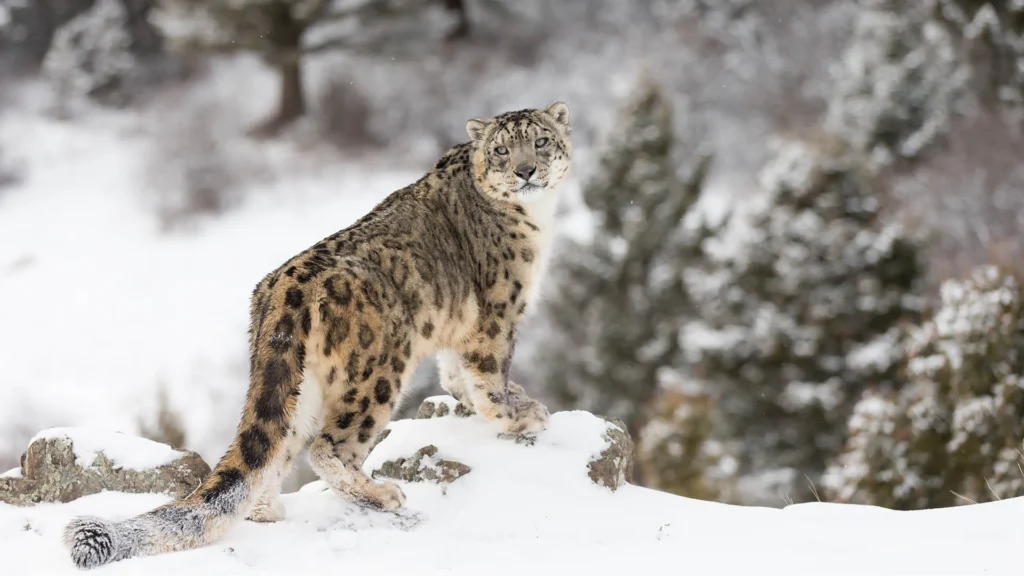
The Snow Leopard is one of the most elusive and beautiful animals in the world, and it is also one of the most endangered. There are only around 6000 Snow Leopards left in the wild, and they face a number of threats, including habitat loss, poaching, and climate change. Snow Leopards live in some of the harshest environments on earth and are uniquely adapted to survive in these conditions. However, as their habitats become increasingly threatened, it is crucial that we take steps to protect these magnificent animals.
One-horned Rhino
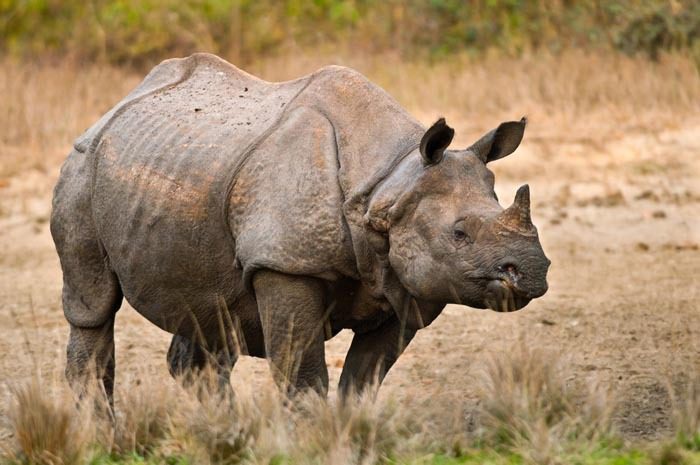
The One-horned Rhino is another rhino species that are critically endangered. There are fewer than 4,000 individuals left in the wild, and they are primarily threatened by habitat loss and poaching. The One-horned Rhino is found in the grasslands and forests of India and Nepal, and their horns are highly valued in traditional medicine. Despite these challenges, there are efforts underway to protect the One-horned Rhino. India’s Kaziranga National Park is home to around two-thirds of the world’s One-horned Rhino population, and the park’s success in rhino conservation is being replicated in other areas as well.
Asiatic Lion
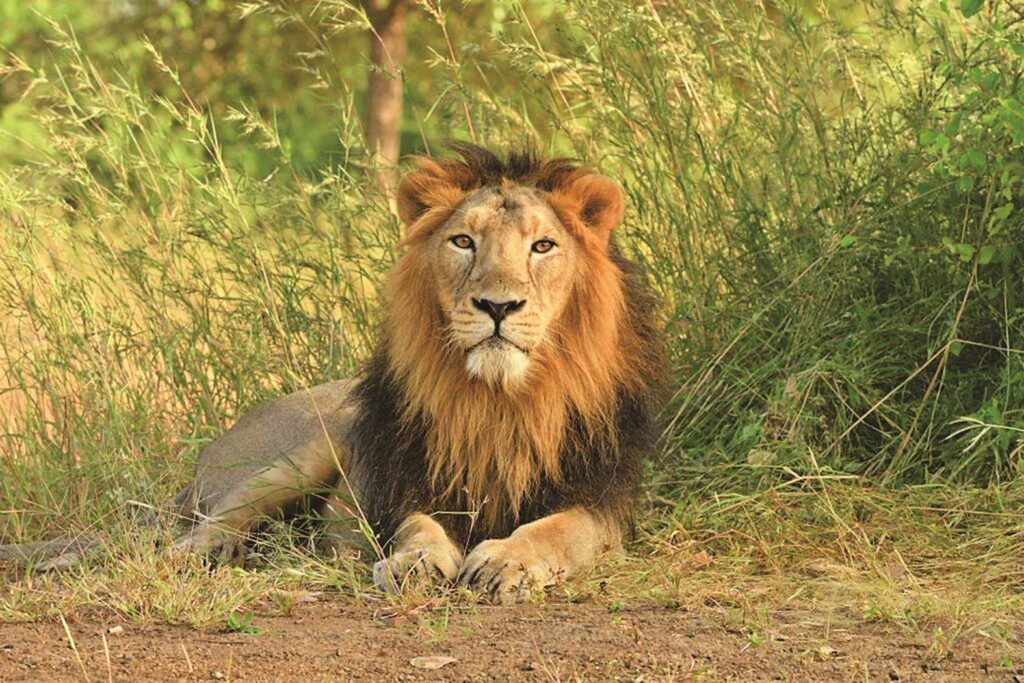
The Asiatic Lion is a majestic animal that was once found throughout India and the Middle East. However, today, there are only around 500 individuals left in the wild, and they are primarily found in the Gir Forest National Park in Gujarat. The Asiatic Lion is threatened by habitat loss and hunting, and efforts are being made to conserve the species. For example, the Indian government has established a breeding program for Asiatic Lions, and conservation groups are working to raise awareness of the importance of these animals.
Indian Elephant
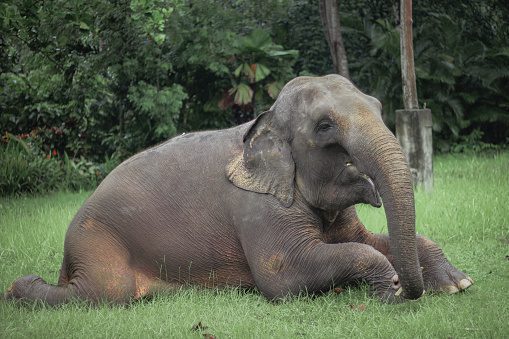
The Indian Elephant is one of the most recognizable animals in the world, and it is also one of the most endangered. There are only around 20,000 Indian Elephants left in the wild, and they face a number of threats, including habitat loss, poaching, and conflict with humans. Elephants are hunted for their ivory, and they are also killed by farmers who see them as a threat to their crops. Despite these challenges, there are efforts underway to protect the Indian Elephant. For example, the Indian government has established a number of protected areas for elephants, and conservation groups are working with local communities to find solutions that benefit both people and elephants.
Ganges River Dolphin
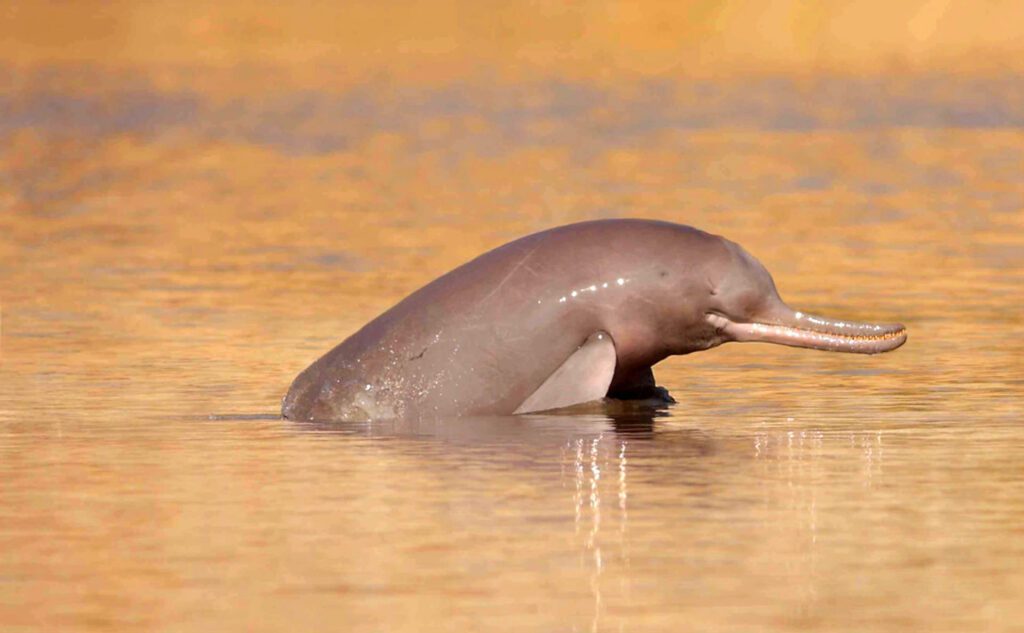
The Ganges River Dolphin is a freshwater dolphin that is found in the Ganges and Brahmaputra rivers in India and Bangladesh. There are fewer than 2,000 individuals left in the wild, and they are primarily threatened by habitat loss, pollution, and poaching. The Ganges River Dolphin is a sacred animal in Hindu mythology, but despite this, they are still hunted for their meat and oil. Efforts are being made to protect the Ganges River Dolphin, including the establishment of protected areas and anti-poaching measures.
Nilgiri Tahr
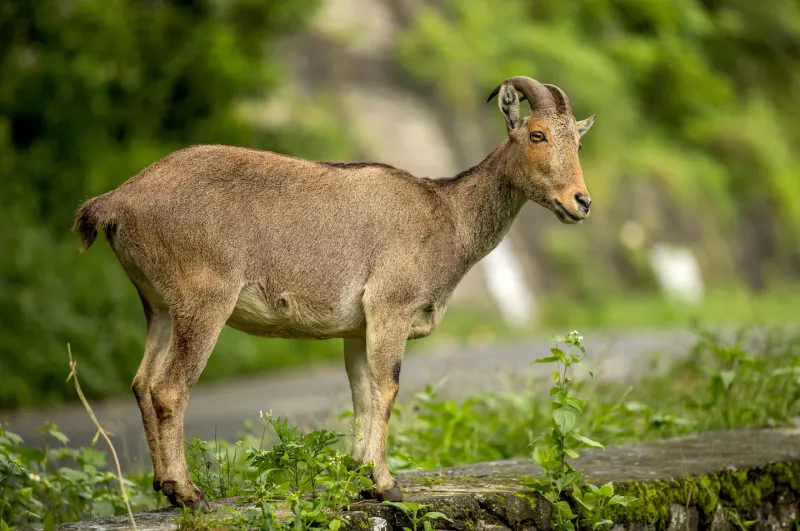
The Nilgiri Tahr is a goat-like animal that is found in the mountains of southern India. There are fewer than 2,500 individuals left in the wild, and they are primarily threatened by habitat loss and hunting. The Nilgiri Tahr is hunted for its meat and horns, and its habitat is being destroyed by development and agriculture. Conservation efforts are focused on protecting the Nilgiri Tahr’s remaining habitat and reducing human-animal conflict.
Red Panda
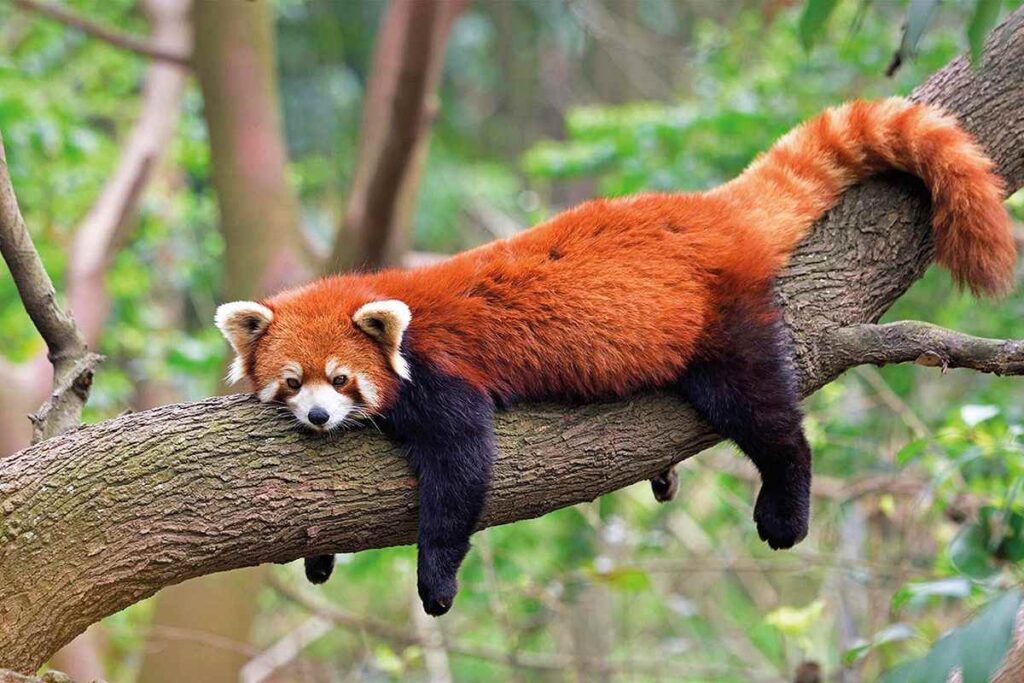
The Red Panda is a cute and furry animal that is found in the Himalayas of India, Nepal, and China. There are fewer than 10,000 individuals left in the wild, and they are primarily threatened by habitat loss and poaching. The Red Panda’s habitat is being destroyed by logging, and they are also hunted for their fur. Efforts are being made to protect the Red Panda, including the establishment of protected areas and anti-poaching measures.
Gharial

The Gharial is a long-snouted crocodile that is found in the rivers of northern India and Nepal. There are fewer than 250 individuals left in the wild, and they are primarily threatened by habitat loss and hunting. The Gharial’s habitat is being destroyed by dams and irrigation projects, and they are also hunted for their skin and meat. Efforts are being made to protect the Gharial, including the establishment of protected areas and anti-poaching measures.
In conclusion, the endangered animals in India face numerous threats and challenges, and their survival is in our hands. It is essential that we take steps to protect these animals and their habitats, such as establishing protected areas, implementing effective anti-poaching measures, and reducing human-animal conflict. Conservation efforts must be continued and expanded to ensure that future generations can enjoy the beauty and diversity of India’s wildlife. We can all play a role in protecting these endangered animals by supporting conservation organizations, spreading awareness, and making responsible choices in our daily lives. Together, we can make a difference and ensure the survival of these magnificent animals for generations to come.


